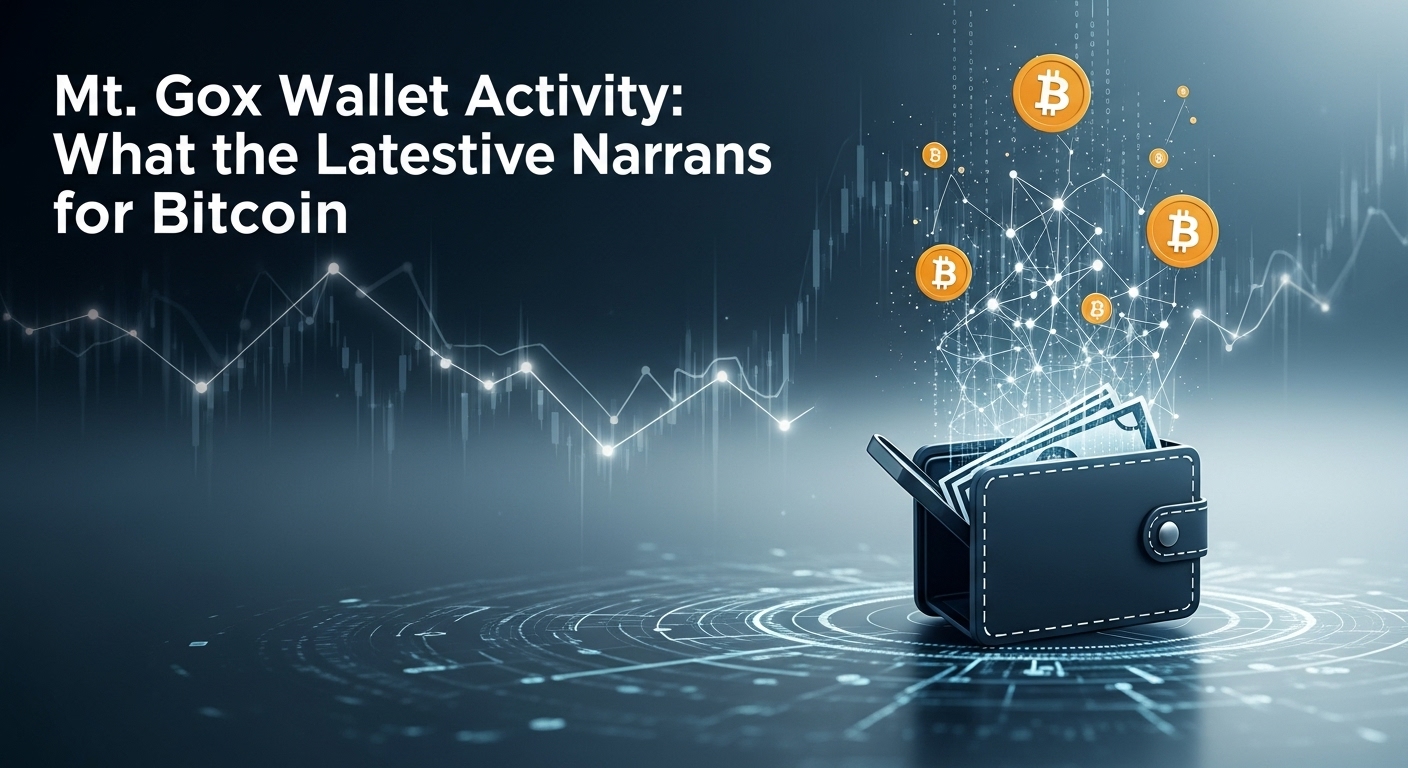The cryptocurrency ecosystem is renowned for its volatility, which can be both a challenge and an opportunity for investors and participants. Among the various innovations in the crypto space, stablecoins have emerged as a critical component for bridging conventional fiat currency systems and the burgeoning world of digital assets. By providing a semblance of stability within the inherently volatile crypto markets, stablecoins like USDT (Tether) and USDC (USD Coin) play an indispensable role in facilitating transactions, hedging risks, and enabling seamless exchanges between crypto and fiat currencies.
Stablecoins are cryptocurrencies pegged to the value of traditional assets, most commonly fiat currencies such as the U.S. Dollar. By maintaining a reserve of equivalent fiat currency or utilizing algorithms and smart contracts to control supply, stablecoins stabilize their value, thereby providing users with the advantages of cryptocurrency without the typical price swings. This allows traders and investors to move value within the crypto ecosystem without reverting to traditional banking systems, reducing the associated transaction times and costs.
In addition to facilitating transactions and reducing volatility, stablecoins play a significant role in decentralized finance (DeFi) and global remittances. Through decentralized exchanges or liquidity pools, users can swap stablecoins without the need for intermediaries, accessing real-time market prices and minimizing counterparty risk. Moreover, stablecoins enable individuals in countries with unstable local currencies to safeguard their wealth against inflation by converting to a stable, dollar-pegged asset.
However, the utility and promise of stablecoins do not come without challenges. Regulatory scrutiny is intensifying as governments and financial authorities worldwide seek to understand and potentially control their proliferation. Ensuring transparency, security, and adequate reserve management are critical to maintaining user trust and meeting regulatory requirements. As the adoption of stablecoins grows, protocols must evolve to address these issues while preserving the decentralized ethos of cryptocurrency.
In conclusion, stablecoins are a vital component of the crypto ecosystem, offering a solid bridge between conventional financial systems and digital innovations. By minimizing volatility and providing stability, stablecoins like USDT and USDC allow users to engage in a wide range of economic activities within the crypto world efficiently and securely. As the space develops, ongoing collaboration between innovators, regulators, and users will be essential to realizing the full potential of stablecoins and their role in the future of money.








